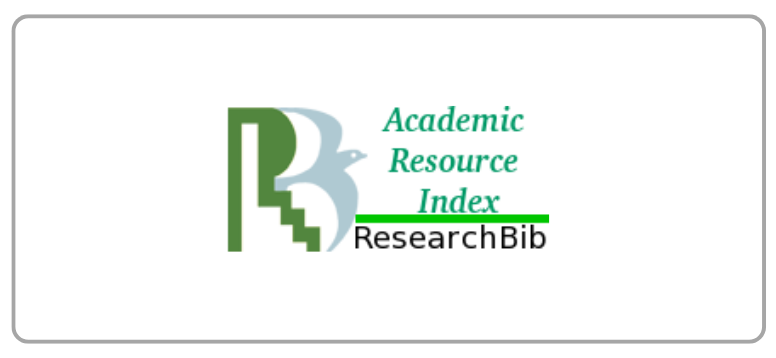Aggregate Planning to Minimize Cost of Production in Manufacturing Company
DOI:
https://doi.org/10.21512/bbr.v7i1.1448Keywords:
aggregate planning, forecast demand, optimal strategyAbstract
The rapid growth of seafood industry has lead to fierce competition. PT Anela is one of the major players in its industry. The company needs to develop a good strategy for competitive advantage in winning the competition. PT Anela is one of the ma jor players in the seafood industry. However, they have limitation in production capacity. The objectives of this study are to calculate the forecast demand and to develop aggregate production planning for PT Anela to meet demand with the lowest cost. The data is gathered through literature review and secondary data gathered directly from the company itself. The demand data from past three years was used to forecast demand using linear regression with seasonal index. Furthermore, all data was analyzed and used to design aggregate planning by using three strategies namely Chase, Level and Mixed strategy which calculated by POM for Windows. The results of this study show that the mixed strategy is the optimal strategy .References
Cahyono, D. D. (2007). Perencanaan Produksi Disagregasi
Dengan Pendekatan Reguler Knapsack Method Pada Produk Mini Boom ZX 25 YYZX22B dan Mini Boom ZX 30 YYZX30B. Retrieved from http://library. gunadarma.ac.id.
Chinguwa, S., Madanhire, I., & Musoma, T. (2013). A Decision Framework based on Aggregate Production Planning Strategies in a Multi Product Factory: A Furniture Industry Case Study. International Journal of Science and Research (IJSR), India Online, 2(2), 370-383.
Hartono (Ed). (2015, 26 May). Triwulan I tahun2015,
Industri Makanan dan Minuman Capai 8,16%. Retrieved August 15th, 2015 from http://www. kemenperin.go.id/
Heizer, J. H. & Render, B. (2015). Manajemen Operasi:
Manajemen Keberlangsungan dan Rantai Pasokan (11th ed.). Jakarta: Salemba Empat.
Octavianti, I. A., Setyanto, N. W., & Tantrika, C. F. M.
(2013). Perencanaan Produksi Agregat Produk Tembakau Rajang P01 dan P02 di PT. X. Jurnal Rekayasa dan Manajemen Sistem Industri, 1(2), 264-274.
Radwan, A., & Aarabi, M. (2011). Study of Implementing
Zachman Framework for Modeling Information Systems for Manufacturing Enterprises Aggregate Planning. Proceedings of the 2011 International Conference on Industrial Engineering and
Operations Management, Kuala Lumpur, Malaysia.
Rahmadhani, A., Rahman, A., & Tantrika, C. F. M. (2014).
Perencanaan Agregat Chase Strategy dengan Analisis Kebutuhan Operator dan Sesuai Fluktuasi Permintaan Rokok (Studi Kasus: PR. Adi Bungsu, Malang). Jurnal Rekayasa dan Manajemen Sistem
Industri, 2(6), 1192-1202.
Rahman, D. (Ed). (2014, 23 December). Investasi Sektor Makanan Topang Pertumbuhan Industri pada 2015.
Retrieved March 22th, 2015 from http://www.ift. co.id/
Simamora, B. H., & Natalia, D. (2014). Aggregate Planning
for Minimizing Costs: A Case Study of PT XYZ in Indonesia. International Business Management, 8(6), 353-35.
Sugiyono. (2011). Metode Penelitian Kuantitatif, Kualitatif
dan R&D. Bandung: Alfabeta.
Sukendar, I., & Kristomi, R. (2008). Metoda Agregat
Planning Heuristik Sebagai Perencanaan dan Pengendalian Jumlah Produksi Untuk Minimasi Biaya. Prosiding Seminar Nasional Teknoin 2008, Yogyakarta.
Downloads
Published
How to Cite
Issue
Section
License
Authors who publish with this journal agree to the following terms:
a. Authors retain copyright and grant the journal right of first publication with the work simultaneously licensed under a Creative Commons Attribution License - Share Alike that allows others to share the work with an acknowledgment of the work's authorship and initial publication in this journal.
b. Authors are able to enter into separate, additional contractual arrangements for the non-exclusive distribution of the journal's published version of the work (e.g., post it to an institutional repository or publish it in a book), with an acknowledgment of its initial publication in this journal.
c. Authors are permitted and encouraged to post their work online (e.g., in institutional repositories or on their website) prior to and during the submission process, as it can lead to productive exchanges, as well as earlier and greater citation of published work.
USER RIGHTS
All articles published Open Access will be immediately and permanently free for everyone to read and download. We are continuously working with our author communities to select the best choice of license options, currently being defined for this journal as follows: Creative Commons Attribution-Share Alike (CC BY-SA)



























